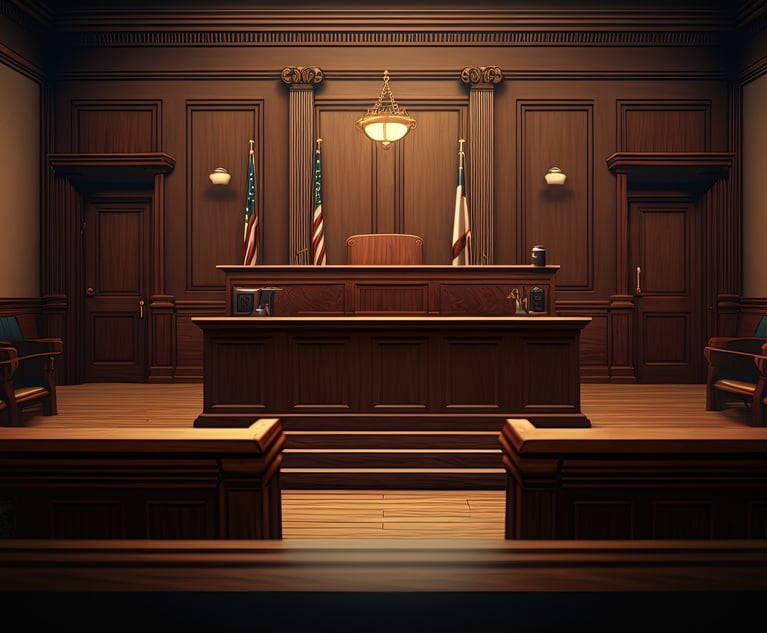It is not often that a judicial doctrine can be traced from its inception to its demise, much less over the course of one century. During that time, we trace a doctrine which evolved from a modest beginning, through incremental modifications, until it morphed into something quite different from its starting formulation, but ultimately more useful. As the well-worn saying goes, great oaks grow from small acorns. And so it was with Frye v. United States, 293 F. 1013 (D.C. Cir. 1923), a run-of-the-mill criminal case in which a federal appellate court addressed the possible admissibility of a “systolic blood pressure deception” test, proffered through an expert witness, to support the credibility (lack of deception) of the defendant. In the course of a brief, two-page opinion, rejecting the defendant’s proffer, the court noted that “[j]ust when a scientific principle or discovery crosses the line between the experimental and demonstrable stages is difficult to define,” and then proceeded to set the standard for the admissibility of new scientific evidence, for years to come, as follows:
“Somewhere in this twilight zone the evidential force of the principle must be recognized, and while courts will go a long way in admitting expert testimony deduced from a well-recognized scientific principle or discovery, the thing from which the deduction is made must be sufficiently established to have gained general acceptance in the particular field in which it belongs.” Id. at 1014.


 Credit: AstralAngel/Adobe Stock
Credit: AstralAngel/Adobe Stock




